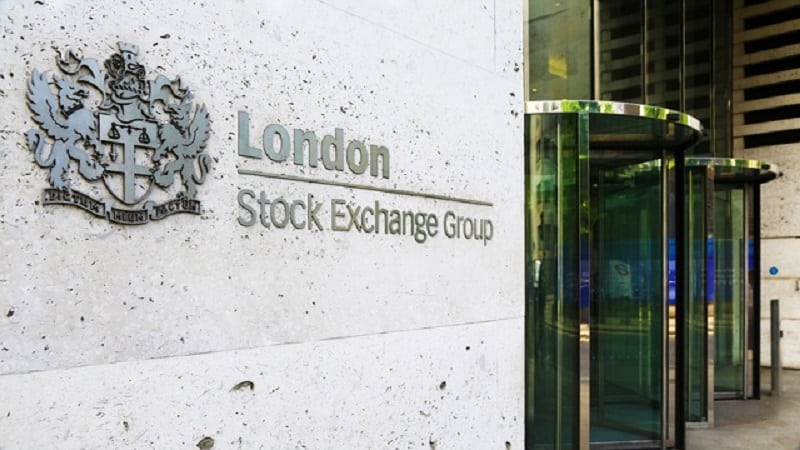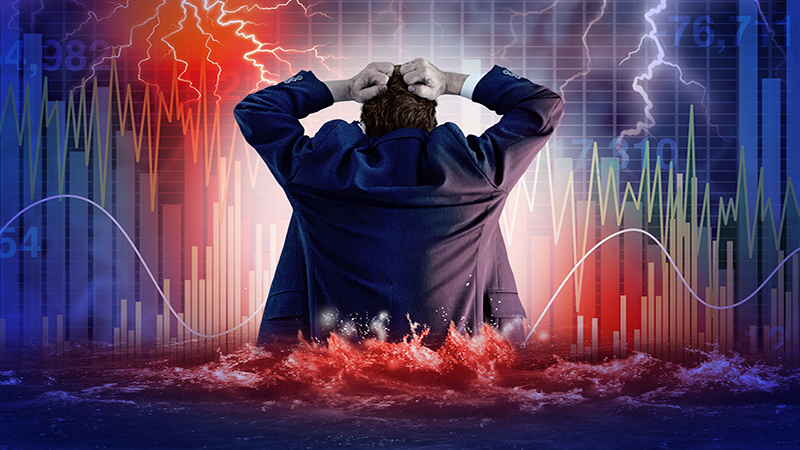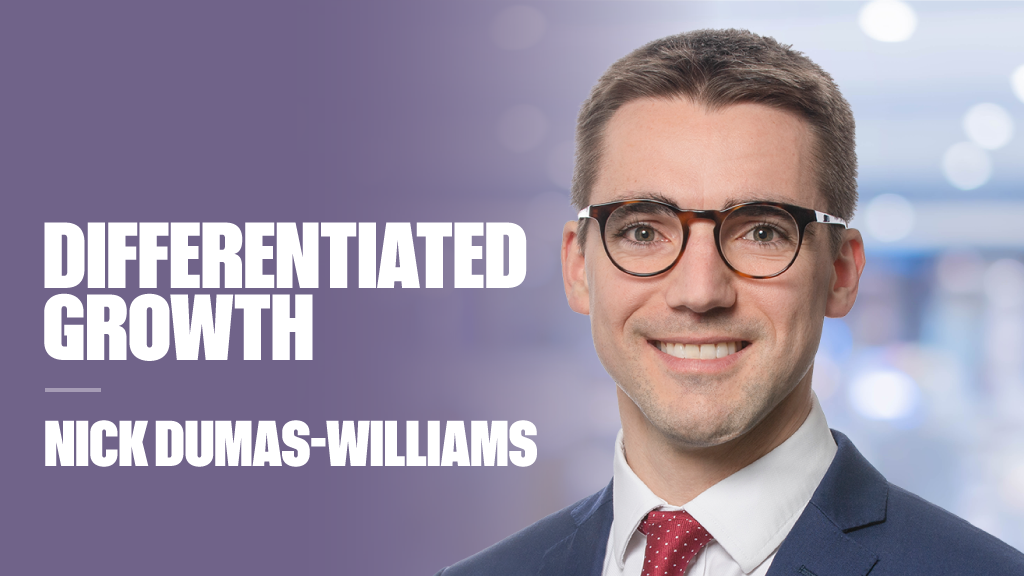The years following the financial crisis have been a golden period for equity investors. Global equity indices are near all-time highs, following a prolonged period of extraordinary monetary stimulus, while global economic growth remains sluggish.
It is therefore not surprising that investors are wondering whether equities are in bubble territory. The hallmark of an asset-price bubble is the presence of an unsustainable trend or condition, the key one being excessive valuation.
Current equity valuations, while elevated, look some way short of bubble-like levels. For instance, in the US the 12-month trailing price-to-earnings ratio and the price-to-book ratio on the MSCI US Index are both around 16 per cent above their averages of the past 40 years.
A world of positive but subdued equity returns brings its own challenges for long-term investors.
So on this basis, valuations are elevated, but not bubble-like. With the US currently the most expensive of the major equity markets, numbers elsewhere look more benign.
Outside of bubble territory, equity valuations are not actually a strong driver of returns in the short-to-medium run, unless there is some other trigger for an equity market drawdown, such as a recession or severe earnings slump. Neither is likely over the next few years.
For long-term investors, however, valuations are one of the biggest, if not the biggest, drivers of returns – and here elevated valuations do represent a worry.
Market outlook
In our recently published '2015 Long-Term Capital Market Return Assumptions' we project returns across a wide range of asset classes over a 10-15 year horizon, aiming to cover two business cycles.
This year our developed market equity total return assumptions have fallen again, to what we would call a subdued level of 6.5 per cent a year, from 7 per cent last year.
To put this into context, in the US, where we have the longest reliable returns history, our 4.25 per cent a year real return assumption (6.5 per cent nominal) for large-cap equities is quite a way short of the 6.8 per cent average since 1871.
The majority of the drop from last year is driven by elevated developed market valuations, while ongoing drivers of subdued returns are low revenue and earnings growth compared with historical figures, although these are somewhat offset by higher payouts.
The elevated level of payouts and share buybacks is indeed one current equity market aspect that might raise worries about sustainability, particularly in the US equity market.
In 2013, S&P 500 companies returned 3.4 per cent of their market capitalisation to shareholders in this way, according to Standard & Poor’s – in addition to around 2 per cent in dividends.
Put another way, US companies paid out in excess of 80 per cent of their earnings, which at first glance at least looks unsustainable. However, while we expect buybacks to fall moderately over the next 10-15 years, we also think they will remain elevated for some time to come.
But this is not unqualified good news: in our framework, higher distribution of earnings is essentially an offset to subdued earnings growth, itself driven by sluggish economic growth and margins that are falling back from elevated levels. In such an environment, as companies seek to defend return on equity, high payouts are the natural consequence.
According to our assumptions then, investors can expect between 70 per cent and 80 per cent of total returns from US, Japan and UK equities to come from payouts – buybacks plus dividends.
The outlier here is continental Europe, where a recovery in margins from depressed levels should lead to catch-up earnings growth, removing the need for such high payouts.
The picture this paints bears more than a passing resemblance to the much-discussed secular stagnation view of the global economy.
And while we do not think equities are in a bubble or about to fall off a cliff, a world of positive but subdued equity returns brings its own challenges for long-term investors.
With a lack of beta tailwind, investors will have to work even harder to find alpha.











